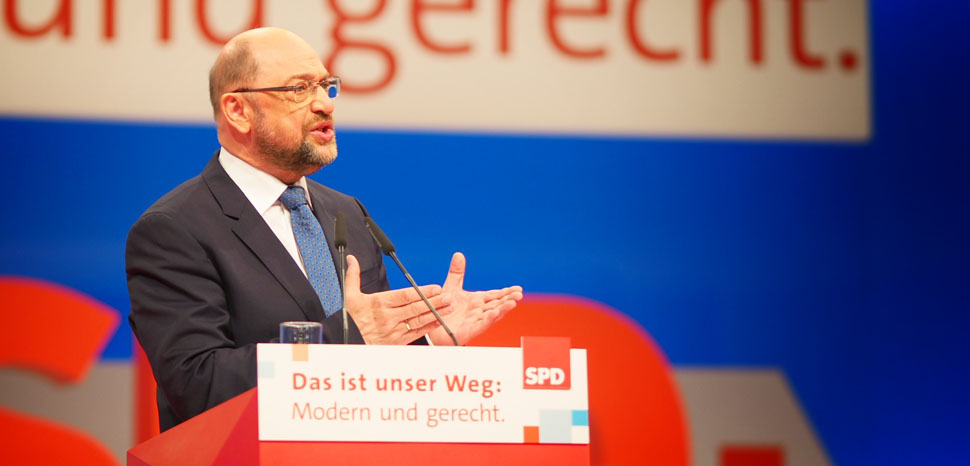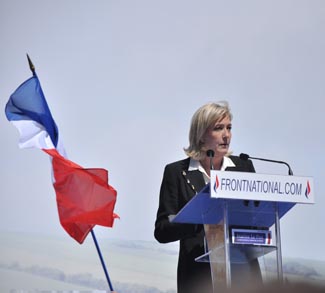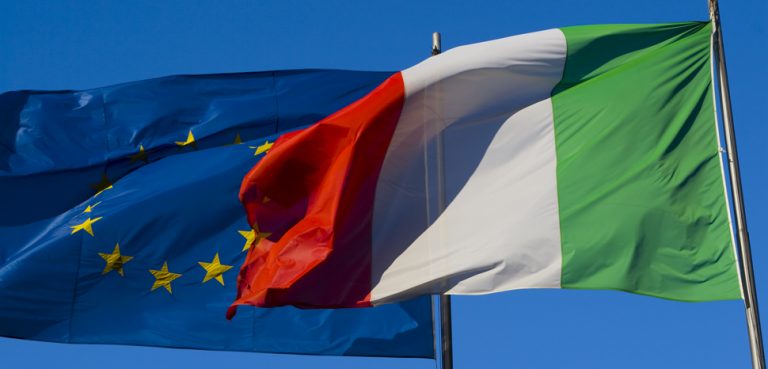Angela Merkel’s CDU/SDU party bloc has agreed to a final coalition deal with the SPD’s Martin Schulz.
Coalition talks have dragged on for four months, first with the Free Democratic Party (FDP) and Green Party, and then later with a reluctant SPD that had previously sworn off of another ‘grand coalition’ with Angela Merkel at the helm.
Did the SPD playing hard-to-get work out in the end? Here’s what the final deal looks like:
- The SPD will control six ministries, including finance and foreign affairs. Control over the finance ministry was a hotly contested negotiating point – one that quite possibly doomed the first round of coalition talks with the FDP – and the SPD will now take the reins on some of Germany’s flagship policies regarding the European Union. The SPD will be more closely aligned to France’s President Macron, and can be expected to push for EU fiscal reform and greater integration. Control of the finance ministry will also steer Germany away from the austerity policies championed by outgoing finance minister Wolfgang Schaeuble.
- The end of austerity will also reverberate within the EU, which can expect a new bloc-wide investment budget.
- Olaf Scholz, the mayor of Hamburg, is tipped to take the position of finance minister and Martin Schulz himself is believed to be gunning for foreign minister.
- Unconfirmed reports suggest the SPD will also control the labor, justice, family, and environment ministries.
- The CSU’s Horst Seehofer is tipped to take over as minister of the interior. Seehofer has been a vocal critic of Merkel’s liberal approach to the EU migrant crisis, famously issuing an ultimatum to Merkel at the height of her ‘open borders’ policy in 2015. Friction between the CDU and its Bavarian sister party CSU on the immigration issue created a policy compromise of 200,000 yearly migrants per year, and this number is expected to stick in the final coalition deal.




